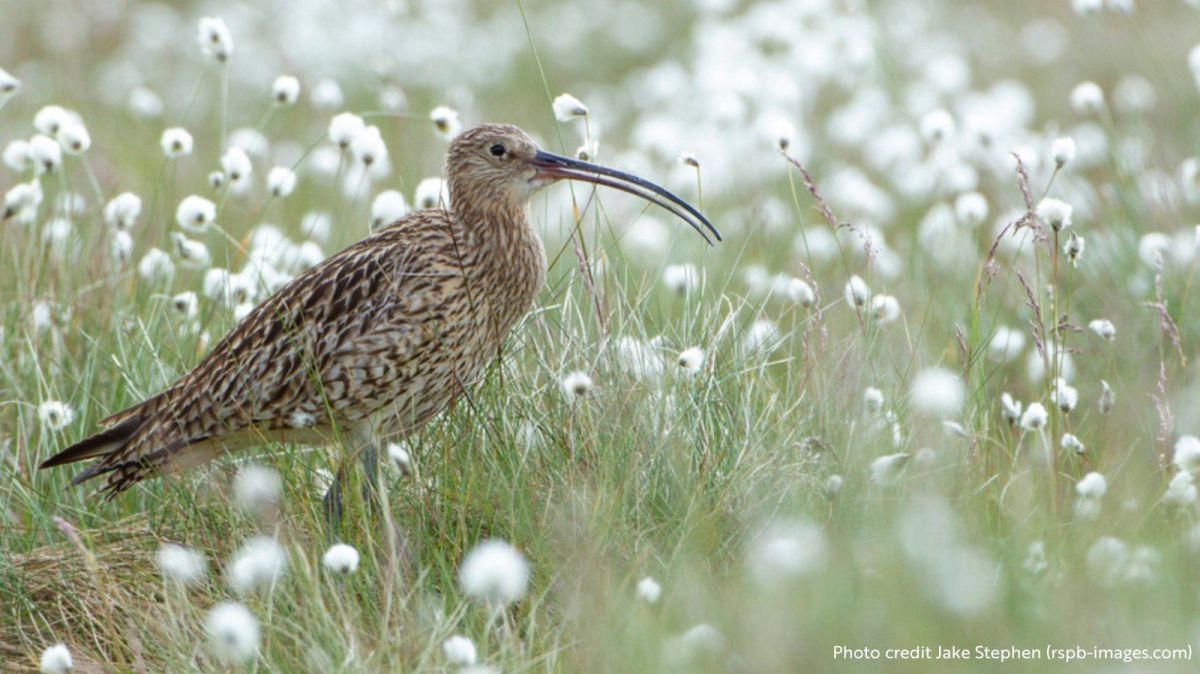Once present in “considerable” numbers, the seabird is now amber-listed due to concerns over population decline.
The discovery was made by members of the LIFE Raft project, who have been monitoring the island’s birdlife over the past three years. Using night-vision and thermal imaging technology, the team recently observed chicks preparing to fledge from underground burrows, confirming that a small breeding colony has re-established itself.
📢 Exciting news from Rathlin Island!
— LIFE Raft (@LIFERathlin) October 1, 2025
We’re delighted to share that Manx Shearwaters have been recorded breeding on Rathlin for the first time since the 1990s.
In September 2025, Richard Else from the @LIFERaft Project spotted fledging's in their burrows. 1/ pic.twitter.com/7mIkQNKZo8
The LIFE Raft initiative is a pioneering project designed to protect Rathlin’s internationally important seabird populations. A key part of the effort involves eradicating invasive predators such as ferrets and rats, both of which are not native to the island but have devastated ground-nesting species for years. Puffins and black guillemots, among others, have suffered significant declines after being easy prey for these mammals.
Ric Else, senior research assistant with the project, said the find was the result of years of work and “long nights” listening for signs of the seabirds. “With a small breeding population already present, the prospects are excellent for this species to increase again on Rathlin once the project has finished,” he said.
For RSPB NI warden Liam McFaul, the breeding success marks an “incredibly exciting” turning point for the island. “Seeing the footage of the Manx Shearwater going into the burrows again on Rathlin is incredible,” he said, adding that he hopes the island will continue to serve as a seabird stronghold for generations to come.
With the ongoing eradication of invasive species and continued conservation efforts, hopes are high that Rathlin could once again become a thriving haven for seabirds.















